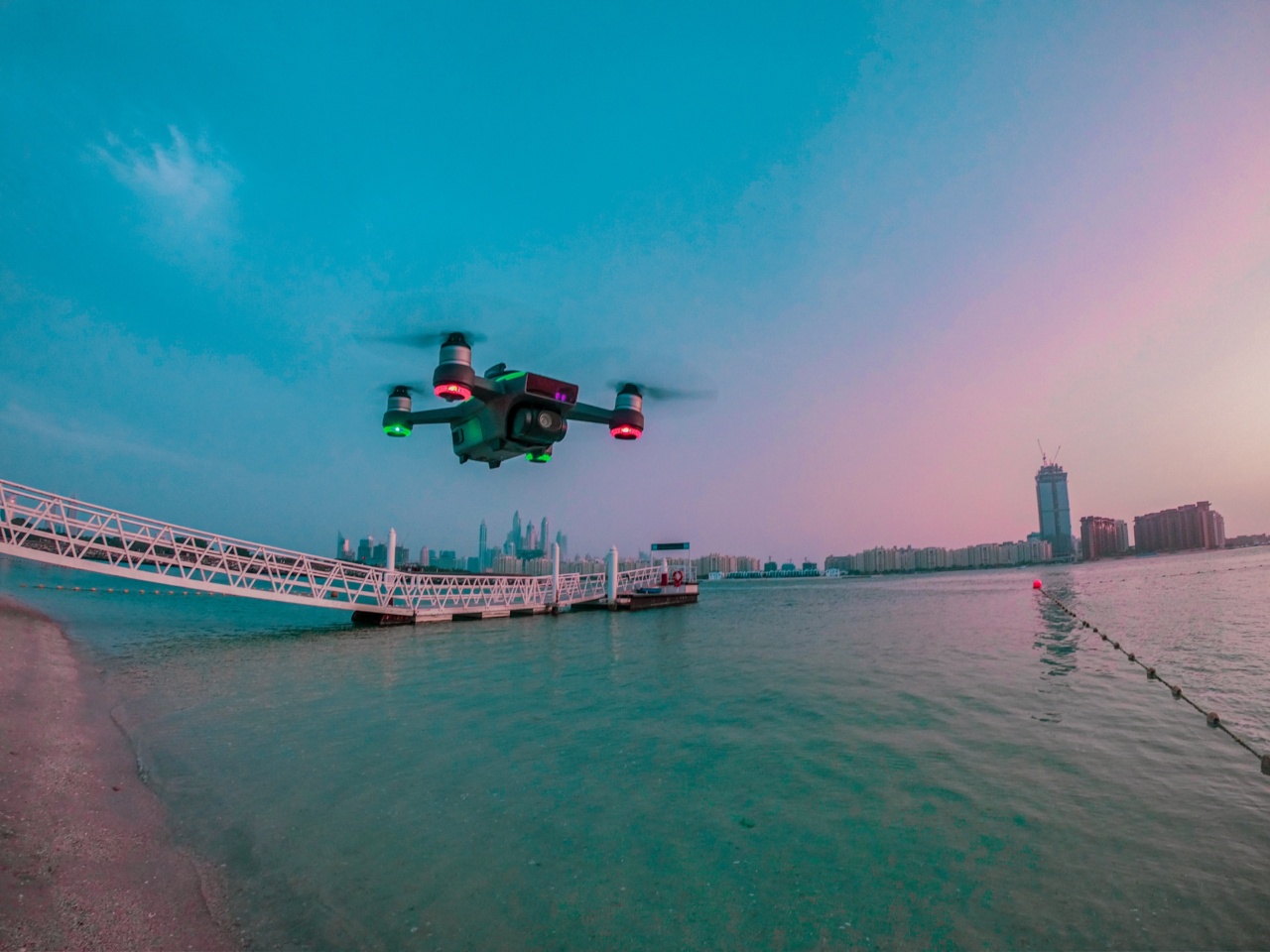When we think of the materials used for flight, we often picture strong, durable metals like steel and aluminum.
However, it may come as a surprise to learn that plastics play a significant role in the aviation industry, proving instrumental in both commercial and military aircraft manufacturing.
Plastics in Aircraft Manufacturing
Plastics have been used in aviation for decades, dating back to the introduction of Bakelite, the world’s first synthetic plastic in 1907.
This early plastic was used in a wide range of applications, primarily as an electrical insulator, but it was not until after World War II when the aviation industry began to explore the full potential of plastic materials.
Plastic vs. Metal
In the early days of aviation, metals like steel and aluminum were the primary materials used in aircraft construction. While these materials were strong and durable, they came with significant drawbacks.
Metal was heavy, meaning planes required more fuel to stay in the air, reducing their range and cargo capacity. Additionally, metals were prone to corrosion and could become brittle and crack in cold temperatures.
The introduction of plastic materials helped solve many of these issues, as they are generally lighter, more corrosion-resistant, and offer greater design flexibility.
By using plastics, aircraft manufacturers could design more aerodynamic shapes that would be impossible with metal construction, further increasing fuel efficiency and reducing drag.
Types of Plastics Used in Aircraft
There are many types of plastic materials used in the aviation industry, each with unique properties that make them suitable for various applications. Some of the most common plastic materials used in aircraft include:.
Epoxy Resins
Epoxy resins are some of the most popular plastic materials used in modern aircraft construction. These resins are incredibly tough and have excellent adhesion properties, making them incredibly versatile.
They can be used in everything from the construction of the cockpit windshields to the bonding of critical structures, such as the wings and fuselage.
Polyurethane
Polyurethane is another popular plastic used in the aerospace industry. It is often used in the construction of flight deck seating and cabin elements, providing a lightweight and comfortable material for passengers to sit on during long flights.
Polycarbonates
Polycarbonates are a group of thermoplastics that are used widely in aircraft manufacturing. They are often used in the construction of cockpit windows, providing excellent visibility for pilots while remaining incredibly durable and shatter-resistant.
Acrylics
Acrylics are another type of thermoplastic that are widely used in aviation. They are often used for secondary glazing of cockpit windows, providing an extra layer of protection against bird strikes and other impacts.
The Advantages of Plastic Aircraft Materials
The use of plastic materials in aircraft manufacturing offers numerous advantages over traditional metal construction. Some of the most significant advantages include:.
Reduced weight
Plastic materials are often much lighter than their metal counterparts, meaning planes require less fuel to stay in the air, increasing their range and cargo capacity.
Additionally, the use of plastic materials can reduce the weight of existing planes, allowing airlines to save money on fuel costs.
Increased Fuel Efficiency
By using plastics, aircraft manufacturers can design more aerodynamic shapes that offer less air resistance, reducing drag and improving fuel efficiency.
The use of materials such as epoxy resins can also help to reduce the overall weight of the aircraft, further increasing fuel efficiency.
Greater Design Flexibility
The use of plastic materials allows for greater design flexibility, as it can be molded into almost any shape.
This means that aircraft manufacturers can create more aerodynamic and efficient shapes that would be impossible with traditional metal construction.
Improved Corrosion Resistance
Plastic materials offer greater resistance to corrosion than metals, which can rust and become brittle over time. This means that aircraft constructed with plastic materials require less maintenance and repairs, saving airlines both time and money.
Increased Ductility and Toughness
Finally, plastic materials offer greater ductility and toughness than metals, meaning they can withstand more significant impacts without breaking or cracking.
This can be especially important in military aircraft, which require the ability to withstand significant impacts without losing flight capabilities.
Conclusion
The use of plastic materials in aviation has come a long way since the introduction of Bakelite over a century ago.
Today, plastic materials are widely used in the aerospace industry, offering numerous advantages over traditional metal construction, including reduced weight, increased fuel efficiency, greater design flexibility, improved corrosion resistance, and increased ductility and toughness. As the aviation industry continues to evolve and demands for more efficient and sustainable aircraft grow, plastic materials are likely to become even more critical in the coming years.































